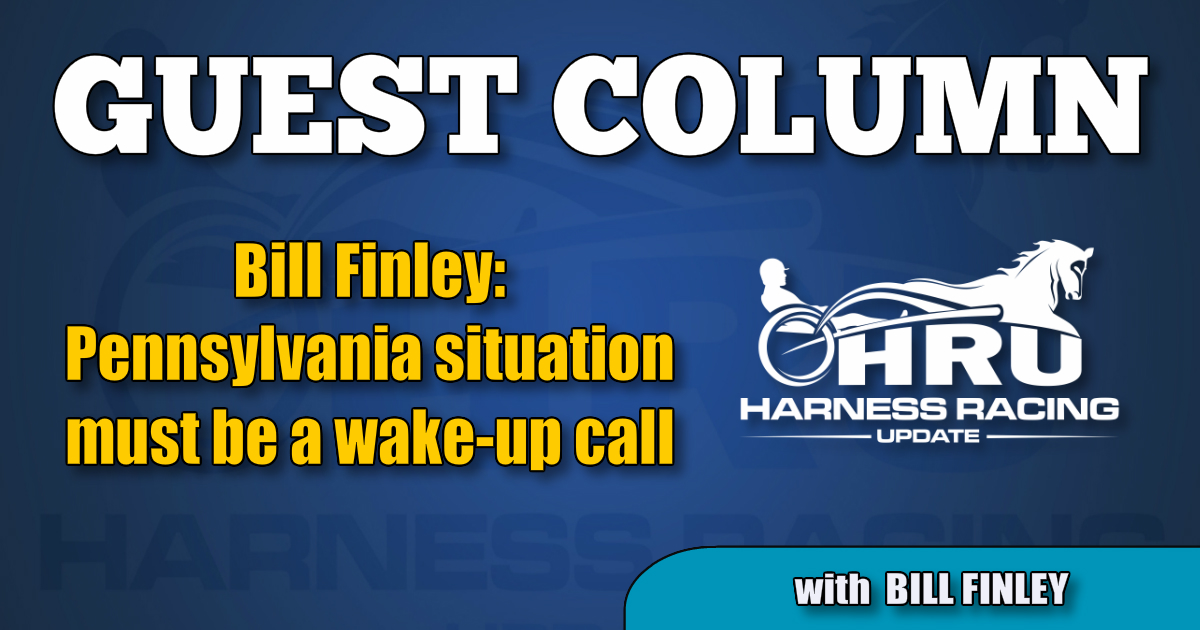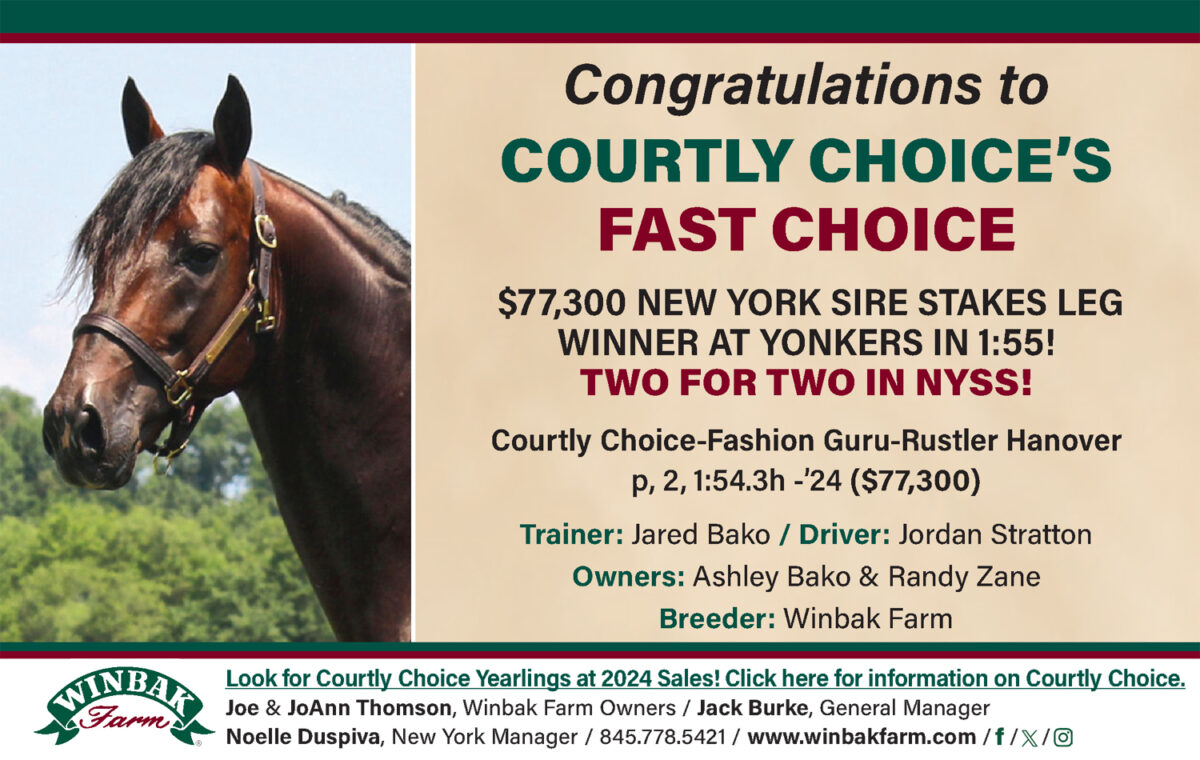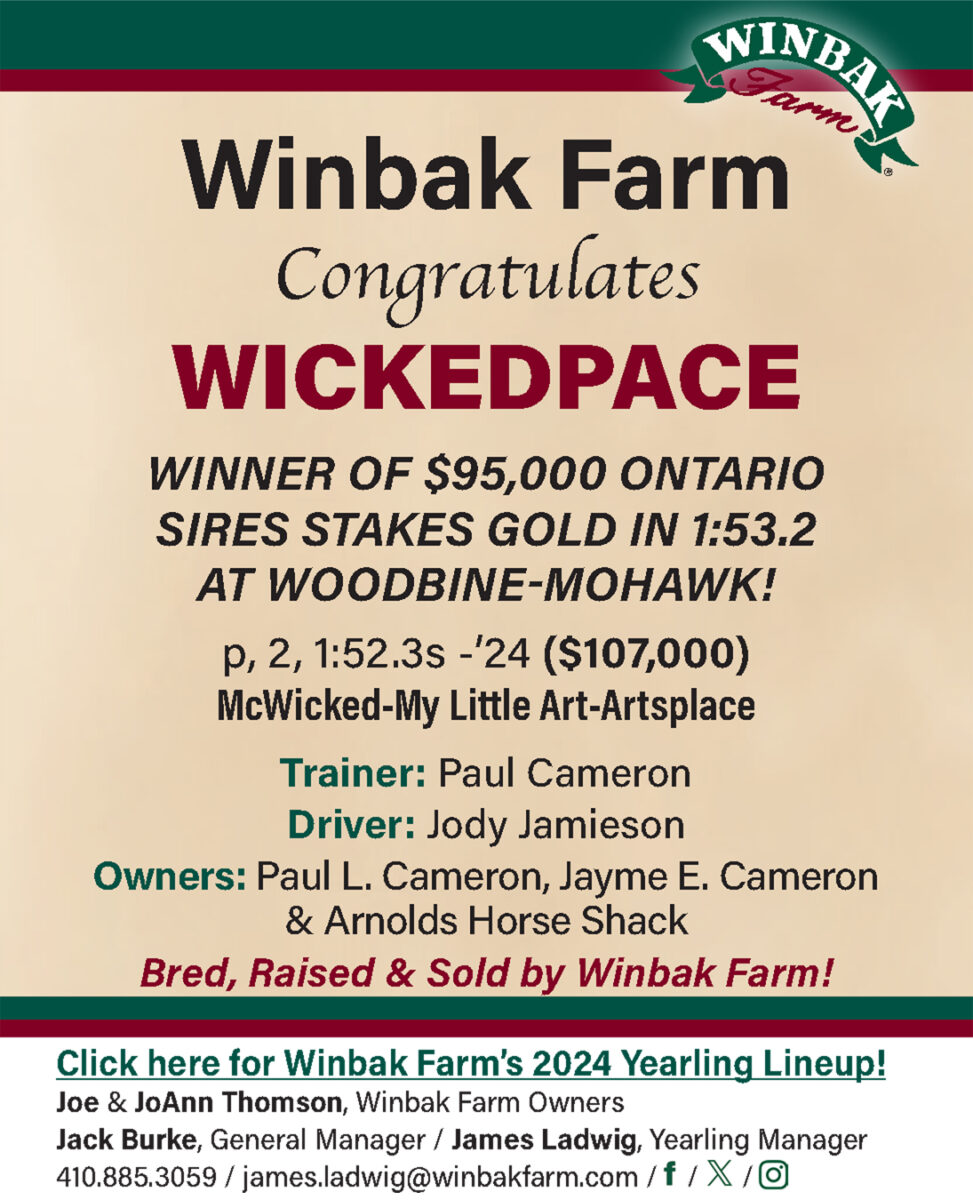

Pennsylvania situation must be a wake-up call
In these uncertain times, the only certainty is that no one can ever take away the money racing earns from pari-mutuel handle.
by Bill Finley
The enemy in Pennsylvania is governor Tom Wolf. It is also complacency.
In the wake of Wolf’s stunning announcement that he was going to strip about 80 per cent of the money from slots revenues that went into Pennsylvania’s Race Horse Development Trust Fund (RHDTF) (full story here), there’s never been a better time for the harness racing industry to look at itself in the mirror. Wolf’s attempts to take that much money out of the fund would be devastating to both the standardbred and thoroughbred games in the state and put their survival at risk.
That wouldn’t be the case if harness racing offered a betting product that was appealing. It’s not.
First it was Ontario, where the government killed the Slots at Racetrack Program in 2013. The sport was fortunate that the government came to understand the harm that it had caused to the industry and came forward with subsidies to support racing. Now it is Pennsylvania.
At the end of the day, Wolf may not get everything that he wants. The industry will fight back between now and July 1, when Wolf’s 2020-2021 budget must be finalized. It will make familiar arguments, about the economic impact the sport has on the state, about the jobs it creates, about how the industry was told that the money was being put into a trust and could not be touched by the government ever again. These are smart and sound strategies.
Wolf will undoubtedly feel some pressure. The guess here is that the fund will be raided, but for an amount less than the $204 million Wolf is going after. But for how much? There is no way Wolf is going to walk out of this empty handed, especially after he has promised to use the money to help residents afford the costs of college. Yes, the legislature will have its say before a final budget is pushed through, but how many politicians are going to fight for racing when the governor has said this money is needed so that poor little Johnny from Johnstown can afford to go to college?
And who will be next? New York? Delaware? To believe that harness racing’s take from casinos is here forever is naive, foolish and damaging. The slot money is tenuous.
That means the sport can’t continue to sit around and do nothing while feasting on a slots gravy train that has an expiration date. Or it can put all its energies into efforts to revitalize what was once the backbone of the industry — wagering.
In these uncertain times, the only certainty is that no one can ever take away the money racing earns from pari-mutuel handle. To grow the handle means less reliance on slot revenues. Less reliance on slot revenues means less fear about the future. Harness racing has to do everything it can to be self-sustaining. It must wake up and realize that this may be its last chance to reinvent itself and create a wagering product that is far more appealing than the one now presented.
The track owners aren’t going to do that. The three harness tracks in Pennsylvania are each owned by casino companies and it’s no secret that they have no incentive to see to it that harness racing grows. In fact, they’d probably be thrilled if the sport went away, ending what they undoubtedly see as a needless burden.
That means the responsibility falls on those whose livelihoods depend on a healthy sport in Pennsylvania, the owners, breeders, trainers and drivers.
What they shouldn’t do is worry about marketing. Fix the sport first, then market. Marketing is all about selling something and harness racing won’t have much success selling a wagering product that is so unappealing.
There are no magic bullets and no one is saying this will be easy, but the horsemen must demand massive changes, starting with a significant cut in the takeout.
Of the three Pennsylvania tracks, The Meadows has the best rates, from 17 per cent on win, place and show to 25 per cent on trifectas and superfectas. Harrah’s Philadelphia offers Pick 4s at a reasonable 15 per cent, but charges 30 per cent on trifectas and 32 per cent on superfectas. At Pocono Downs, the bite ranges from 19 per cent on win, place and show up to 30 per cent on tris and supers.
The numbers may be all over the place, but they all tell the same story, that the takeout is exorbitant and puts racing at a huge disadvantage versus other forms of gambling. The same company, Harrah’s, that takes 32 per cent on tris and supers, has a 10.27 per cent takeout rate on its slots. Harrah’s knows that if it hit the slot player with a 32 per cent bite that betting on the machines would plummet and revenue would fall dramatically.
It may be true that the tracks set the takeout rates, but the horsemen can flex their muscles and demand changes. Since so little is now wagered on the races in Pennsylvania, the casino owners probably don’t care one way or the other what the takeout is. So, insist that it drops to something comparable to what they take with the slots, something like 10 per cent or 11 per cent. You may say that will never happen or work, but why not? And isn’t the alternative a status quo that is leading this sport nowhere?
There’s more that can be done.
Monmouth Park has entered into an agreement with the Australian firm BetMakers to offer fixed odds wagering on their 2020 meet. Will it help? Who knows? But fixed odds wagering is a huge hit in Australia and is seen as one of the main reasons why purses have doubled there over the past seven to 10 years. Harness racing needs to try this.
How about offering free past performances online for all U.S. harness races?
Or having shorter meets, which would mean larger fields, better quality and a better betting product at tracks when they are racing and not facing so much competition. The owners may not want to hear it, but the sport would be better off if there were a contraction in the number of racing dates.
What about tracks that are a half-mile or five-eighths in circumference being rebuilt as one-mile tracks? Clearly, that is what bettors prefer.
Those are places to start. Surely, there are other good ideas out there. No one is saying this is going to be easy. But the sport needs to do something. It’s time to stop sitting around. It’s time to be bold. Change has to happen.















